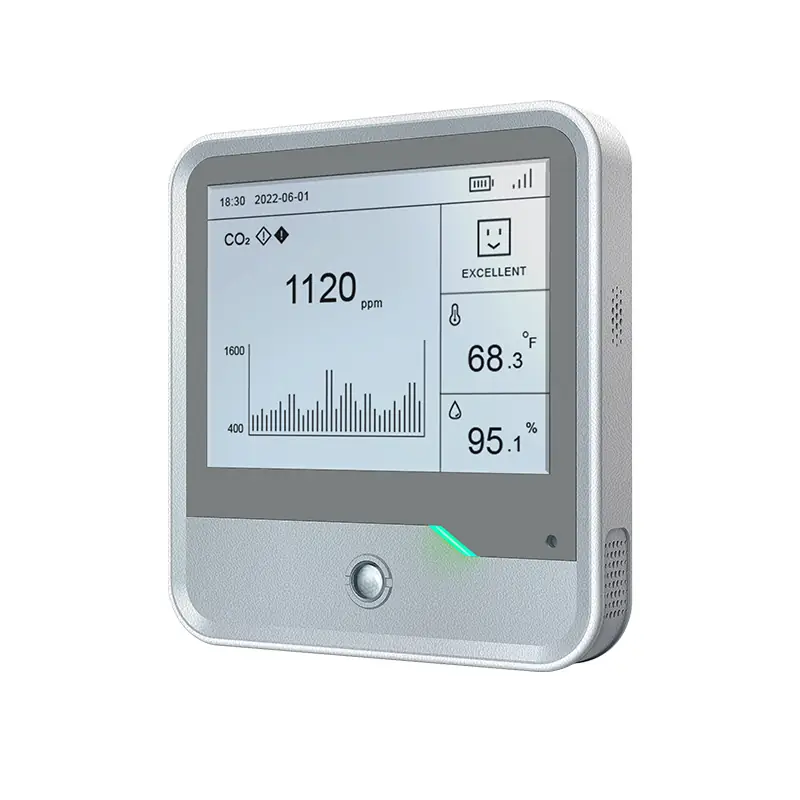The importance of maintaining good indoor air quality has become increasingly recognized, leading to the development of advanced monitoring solutions like the LoRaWAN air quality sensor. HKT LORA, a prominent player in the IoT sector, offers a state-of-the-art indoor air quality sensor designed to monitor and improve the air within buildings. This innovative device provides real-time data on various pollutants, helping to create healthier environments for occupants.
Features of the Air Quality Sensor
The LoRaWAN air quality sensor is engineered to detect a range of indoor pollutants, including volatile organic compounds (VOCs), carbon dioxide (CO2), and particulate matter. By continuously monitoring these factors, the sensor delivers timely information on air quality levels, allowing users to make informed decisions about ventilation and air circulation. The integration of LoRaWAN technology ensures that data can be transmitted wirelessly over long distances, making it suitable for various applications, from residential buildings to large commercial spaces.
Benefits for Health and Well-being
Using an air quality sensor like the one offered by HKT LORA can significantly impact the health and well-being of building occupants. Poor indoor air quality has been linked to a range of health issues, including respiratory problems and decreased productivity. By providing real-time insights into air quality, the LoRaWAN sensor empowers facility managers and occupants to take proactive measures, such as improving ventilation when pollutant levels rise. This capability not only enhances comfort but also contributes to a healthier indoor environment.
In summary, the LoRaWAN air quality sensor from HKT LORA represents a vital tool for monitoring and improving indoor air quality. With its ability to detect pollutants and transmit data in real time, this sensor plays a crucial role in fostering healthier living and working spaces. Adopting such technology is an essential step toward ensuring the well-being of all occupants.


